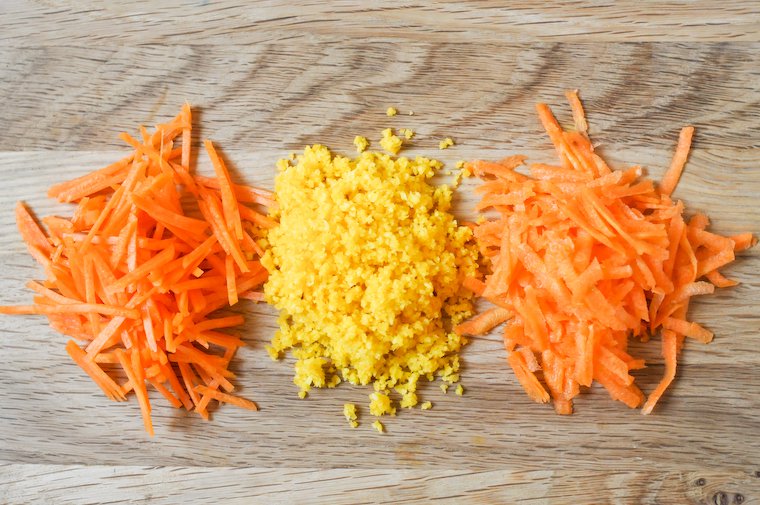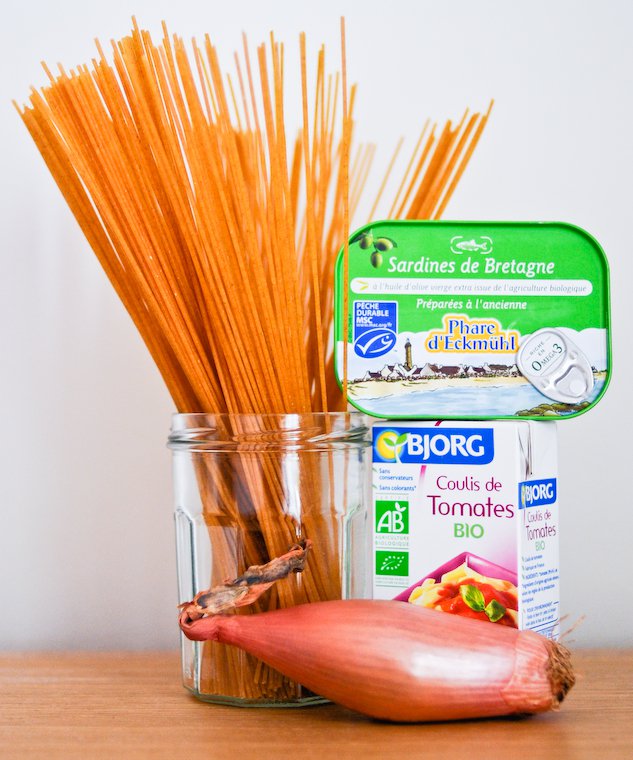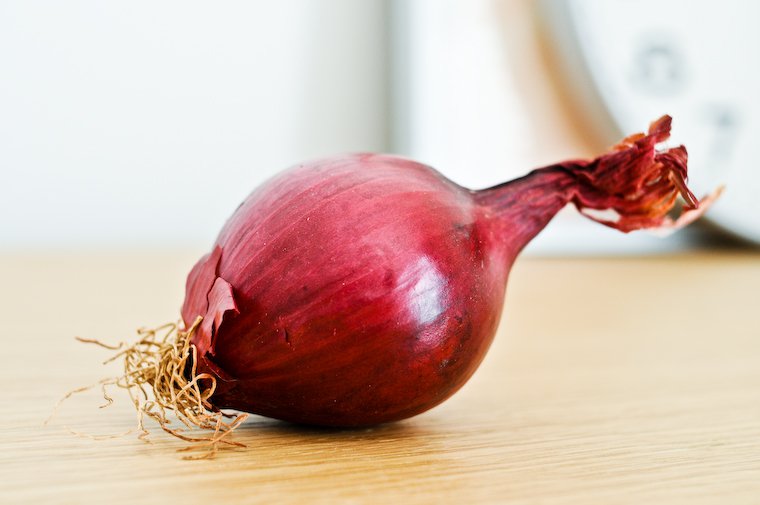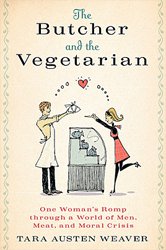We seem to have skipped spring altogether to jump directly into the thick of summer. And with the near-canicule* temperatures we’ve been experiencing, our menus have been all about cold foods and crudités.
I’ve long been a fan of grated carrot salads — when I was a child, this was the only way I would eat carrots at all — and I’ve recently become interested in the different ways one can grate the carrots for it.
I seldom use the grating attachment on my food processor; for small quantities, I find it too bothersome to take out, clean and put away.
For a while, I used the large holes of a box grater (such as this one), and was fairly pleased with the results, though the larger, tougher carrots were a bit of a workout, and any carrot that had become limp from too much time in the fridge was a pain to handle**.
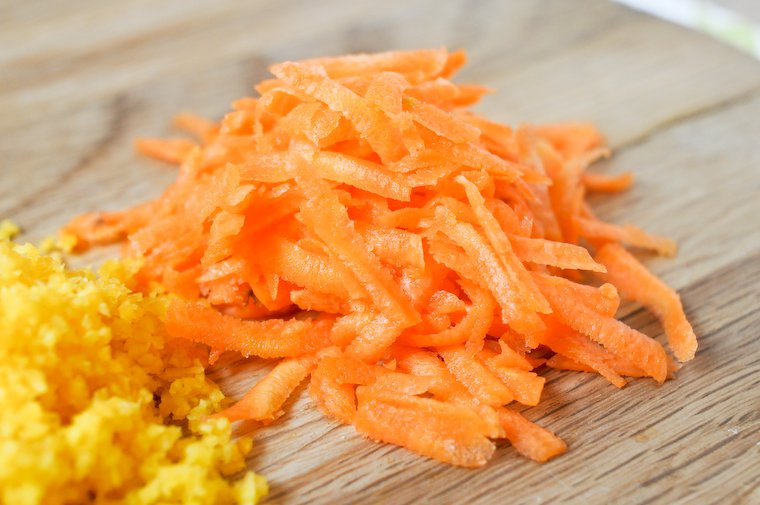
Carrots grated with a box grater.
Then one day, I tired of the box grater and moved on to the brute force approach of simply chopping raw carrots in my mini food processor. It’s noisy, but it takes about a minute, and you get a couscous-like texture — coarse or fine, as you prefer — that is quite lovely.
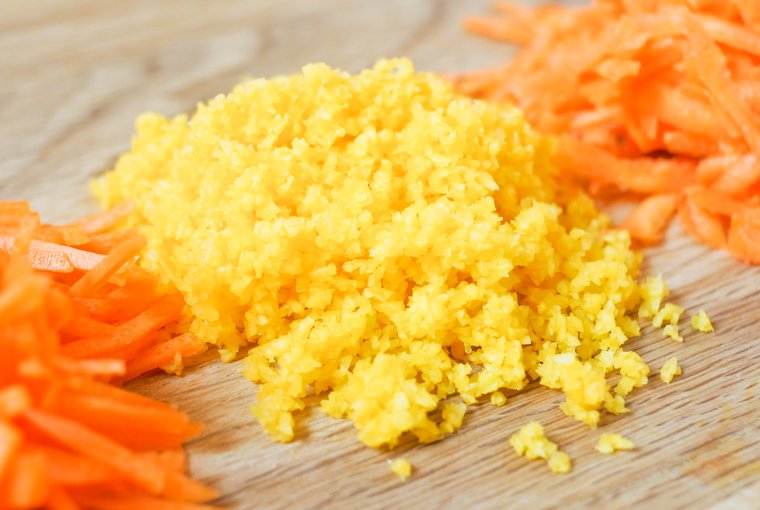
Carrots chopped in the food processor.
But lately, I’ve switched to what is now my preferred method: I use my mandoline slicer with the comb-like blade attachment. This produces super neat little flecks of carrot with a perfect square section, which is not only attractive, but also optimally crunchy.

Carrots cut with a mandoline slicer.


